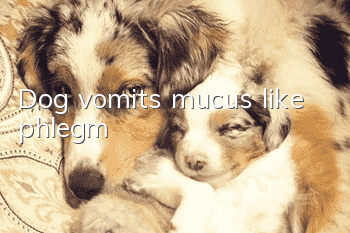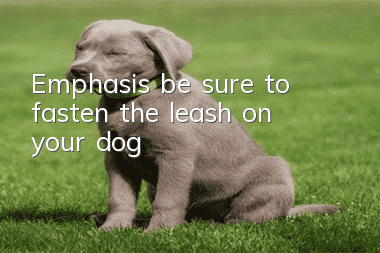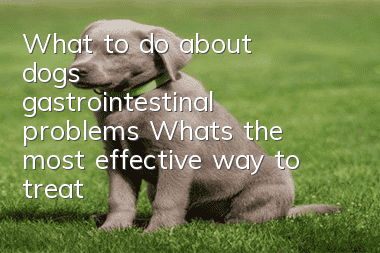Causes of ovarian cysts in dogs | Diagnosis | Prevention and treatment methods

The causes of ovarian cysts in dogs:
Follicular cysts are caused by excessive follicle-stimulating hormone secreted by the anterior pituitary gland and insufficient luteinizing hormone. The follicles grow too much and cannot ovulate normally and form a corpus luteum, or the ovaries continue to produce new follicles. When the cells on the follicle wall become luteinized, the luteal cells degenerate and form a corpus luteum cyst.
Diagnostic methods for canine ovarian cysts:
1. Dogs and cats with follicular cysts show frequent or continuous estrus, and sometimes crawl across male dogs, which is the so-called nymphomania. state. They are irritable, behave abnormally and even attack their owners. If one side is affected, the follicles on the other side may develop normally, but often do not ovulate, or may ovulate but cannot conceive. During the operation, it was found that the follicle sac had a very thin wall and was filled with watery fluid. A complete cessation of the sexual cycle occurs when a corpus luteum cyst occurs.
2. Plasma estradiol levels increase when follicular cysts are enlarged.
3. Large ovarian cysts can form a palpable abdominal mass. Ovarians containing large cysts may become torsion.
4. If the cyst is large, abdominal X-ray examination can show a mass of post-renal fluid density. B-ultrasound examination showed localized fluid dark areas (cysts) in the ovary in the retrorenal area.
5. Pay attention to the differential diagnosis of polycystic kidney disease, adrenal gland and kidney tumors, ovarian tumors and other mid-abdominal masses.
Clinically, a preliminary judgment is generally made based on symptoms, and laparotomy can be performed if necessary.
Methods to prevent and treat ovarian cysts in dogs:
1. Most follicular cysts may disappear naturally within a few months without treatment.
2. For persistent follicular cysts, human chorionic gonadotropin (HCG) can be intramuscularly injected to make it luteinizing. The dose is 50 IV and repeated after 48 hours. If effective, the animal will transition from proestrus to estrus within 1 to 2 days, and within 2 weeks, the animal should completely stop having sex.
3. Surgical removal of the ovaries and uterus is the radical cure for this disease. If the cyst is limited to one ovary, good results can be obtained by removing the affected ovary.
- golden retriever genetic disease
- How to train the ferocity of a Rottweiler? How to train a Rottweiler!
- Prevention and care of dog diseases
- The fastest way to treat eczema in dogs
- Symptoms of dog poisoning
- What are the consequences of dogs drinking beer?
- How to train a Pomeranian to shake hands? Pomeranian life training guide!
- Dogs always like to be close to people. What should I do if they are too clingy to their owners?
- How long does it take for a dog to eat chicken bones before it is safe?
- Can dogs eat sweet potatoes?



